A major step toward the protection of African Heritage was achieved at the 46th session of the World Heritage Committee, which ended in New Delhi, India, recently.
As part of the session, 24 additions were included on the United Nations Educational, Scientific and Cultural Organisation (UNESCO) World Heritage List, now featuring 1,223 sites across 168 countries and states.
The 10 days of work, which held between July 21 and 30, 2024, resulted in significant advances in the recognition and protection of African heritage, with the inscription of five new sites on the heritage list and removal of Niokolo-Koba National Park (Senegal). From the List of World Heritage new inscriptions, sub-Saharan Africa now has 108 properties.
Although there was no site from Nigeria, it is significant to know that this year almost 20 per cent of the sites nominated belonged to Africa.
Nigeria currently has Osun-Osogbo Sacred Grove (2005) and Sukur Cultural Landscape (1999) as the only two inscribed in UNESCO Heritage List.
Nigeria has 14 sites on the Tentative List. A Tentative List is an inventory of those properties, which each State Party intends to consider for nomination. They are: Benin Iya / Sungbo’ s Eredo (1995), Old Oyo (1995), Kwiambana and/or Ningi (1995), Oban Hills / Korup (1995), Niger Delta Mangroves (1995), Gashaki-Gumpti National Park (1995), Oke Idanre (Idanre Hill) (2007), Arochkwu Long Juju Slave Route (Cave Temple Complex) (2007), Ancient Kano City Walls and Associated Sties (2007), Surame Cultural Landscape(2007), Alok Ikom Stone Monoliths (2007), Ogbunike Caves (2007), Cross River – Korup – Takamanda (CRIKOT) National Parks 2020n and Lake Chad Cultural Landscape (2018).
The newly Listed properties include Royal Court of Tiébélé (Burkina Faso), Melka Kunture and Balchit Archeological and Paleontological Site (Ethiopia), The Historic Town and Archaeological Site of Gedi (Kenya).
A new serial memorial has also been inscribed this year: Human rights, liberation and reconciliation. It is called Nelson Mandela memorial sites. It is of major importance not only for the history of South Africa, but also for the whole world, as it illustrates Nelson Mandela’s universal action for freedom, human rights and peace.
This property is made up of several emblematic sites, such as the Union Buildings, Walter Sisulu Square, the Sharpeville Massacre site and Constitution Hill, which symboliase key stages in the struggle against the apartheid state and the ongoing efforts to achieve a united society in which all people have equal rights.
“Twenty-five years after Robben Island was inscribed on UNESCO’s World Heritage List, this new inscription ensures that the legacy of South Africa’s liberation and the values it embodies will be transmitted to future generations,” said Director-General of UNESCO, Audrey Azoulay.
Following the removal of the Tombs of the Kings of Buganda at Kasubi in Uganda from the World Heritage in Danger List in 2023, this year it is the turn of Niokolo Koba National Park in Senegal. Thanks to the joint efforts of Senegal and UNESCO, the protection of this site has improved significantly.
The action plan implemented by Senegal, following its inclusion on the List of World Heritage in Danger in 2007, has enabled the situation to be rectified.
“This is excellent news, and shows that our collective efforts to protect Africa’s heritage are paying off. UNESCO will continue to support the African States and to mobilize the international community to save as many African sites in danger as possible,” stressed Azoulay.
In 2023, the Committee adopted the first-ever Strategy for World Heritage in Africa, which aimed at undertaking concrete actions to better protect and promote African heritage by 2029.
Within this framework, and thanks to the financial support of UNESCO and its member states, numerous African experts have been able to attend workshops and training courses over the past year aimed at strengthening their skills in preparing new nominations and thus achieving a better representation of the region’s heritage.
UNESCO’s mentorship programme has supported the 11 African countries with no sites on the World Heritage List, through technical assistance, to prepare their Tentative Lists and/or first nomination dossiers.
This has already enabled Somalia to officially establish its Tentative List in March 2024, and Guinea Bissau and Sierra Leone to finalise their first nomination dossiers, which will be presented to the Committee in 2025.
Other new sites added include: Brâncuși Monumental Ensemble of Târgu Jiu, Romania; Phu Prabat of the Dvaravati Period, Thailand; Saint Hilarion Monastery/Tell Umm Amer, Palestine; the Archaeological Heritage of Niah National Park’s Caves Complex, Malaysia; Beijing Central Axis, China; the Cultural Landscape of Al-Faw Archaeological Area, Saudi Arabia; Hegmataneh, Iran; Umma Al-Jimāl, Jordan; Te Henua Enata – The Marquesas Islands via Appia, Regina Viarum, Italy; Lençóis Maranhenses National Park, Brazil and Vjetrnica Cave, Ravno, Bosnia and Herzegovina, among others.

 3 months ago
4
3 months ago
4
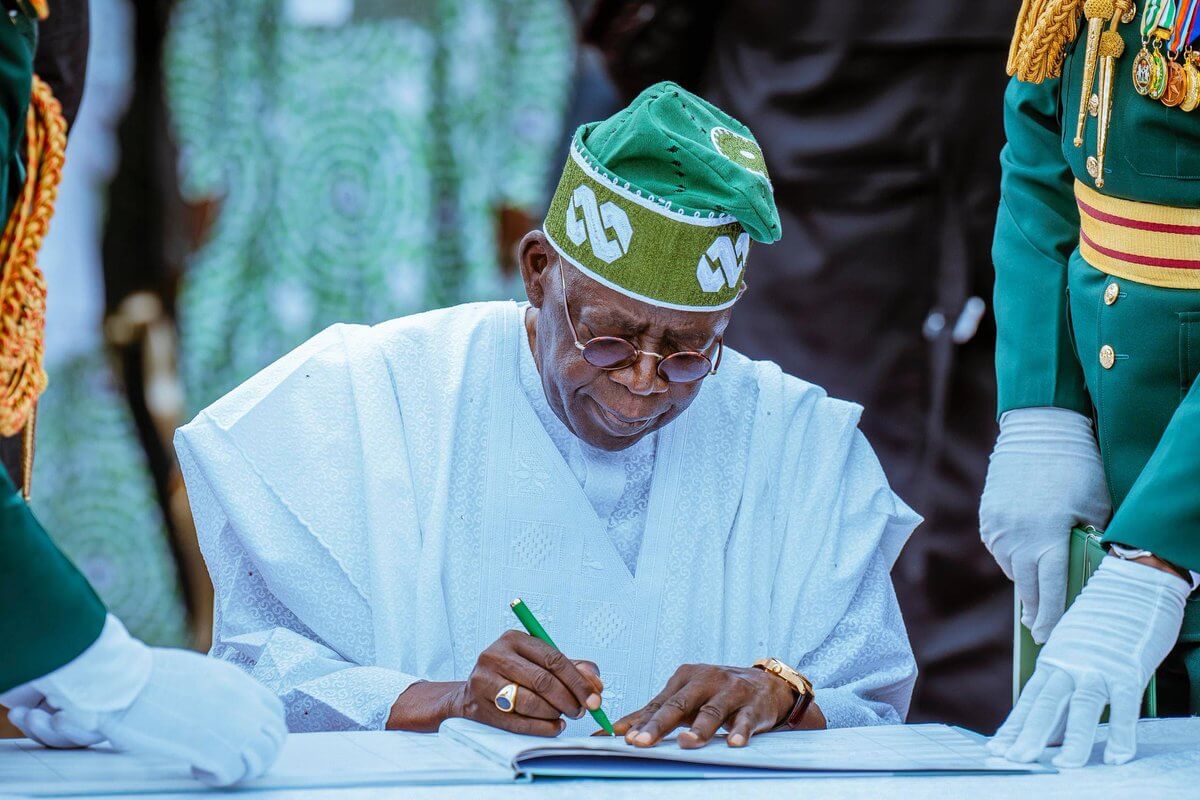





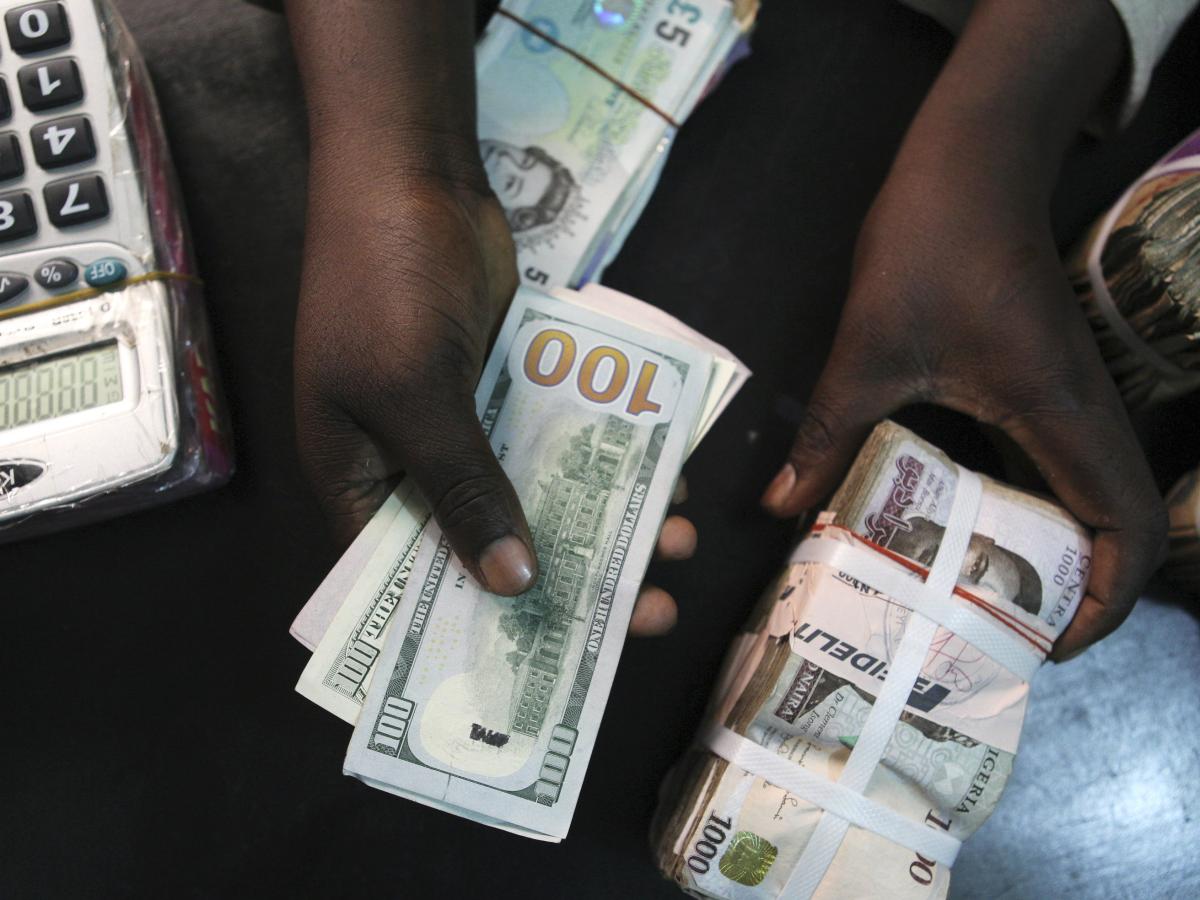
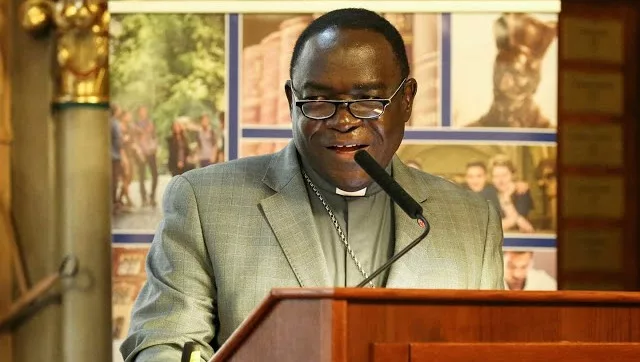
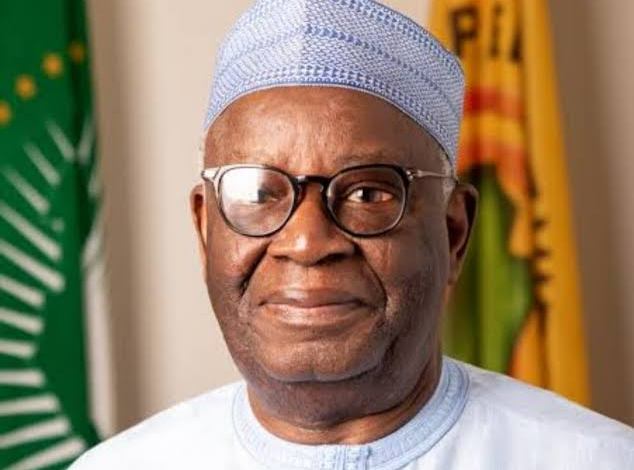



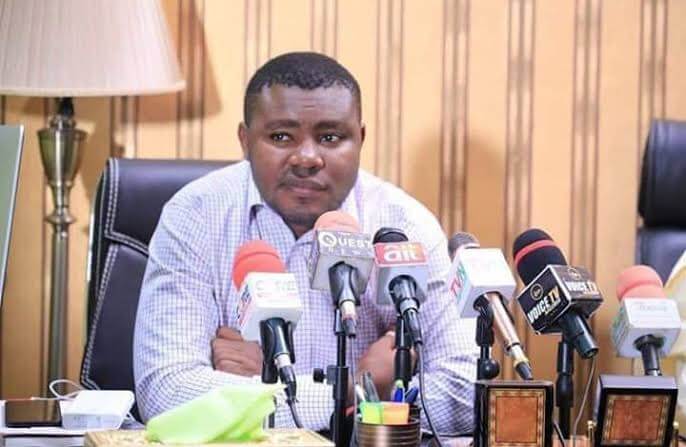


 English (US) ·
English (US) ·